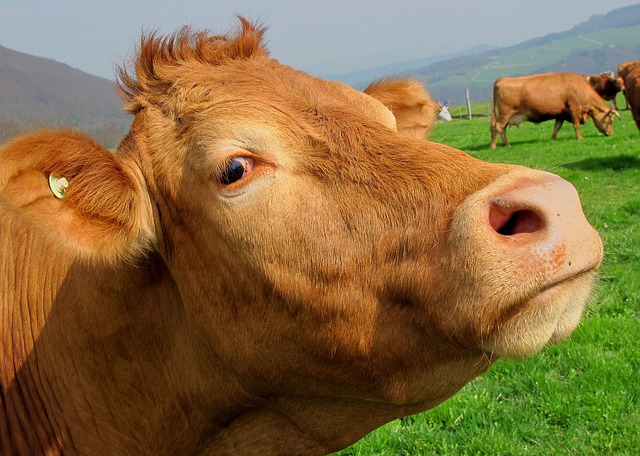In a follow-up on the human anthrax outbreak in northern Bangladesh, the Sirajganj Health District puts the total human anthrax case count at 125 through May 30 from Ullapara, Shahzadpur and Kamarkhand upazilas (counties) and experts say Sirajganj is the most vulnerable to anthrax infection because the germ of the disease has been there since a long time.

“The bacteria normally rest in the soil, and can survive for 60 to 100 years in that state. It might have been brought to the district through any diseased animal earlier. When the animal died, people buried it in the field. So the germ got mixed with the soil,” said Gulzar Hossain, deputy director of regional disease research centre in Sirajganj, Bangladesh media reports.
Cattle are infected while grazing the grass, and die within four to five days, he explained.
“The spread of anthrax in the area this year is due to toxic reaction in the soil caused by strong humidity and slight rain,” Gulzar said.
In addition, the outbreak has been linked to the slaughtering of diseased cows, lack of proper monitoring and allegations of a livestock department not keeping up on vaccinations.
Anthrax is a pathogen in livestock and wild animals. Some of the more common herbivores are cattle, sheep, goats, horses, camels and deer.
It infects humans primarily through occupational or incidental exposure with infected animals of their skins. Recently someone was infected by handling imported animal skins to be used for a drum set. The animal skin was contaminated with anthrax spores.
In recent decades, human anthrax has declined due to anthrax vaccines for people who work in high risk industries, decreased importation of potentially contaminated animal products and better animal husbandry practices.
Anthrax is caused by the bacterium, Bacillus anthracis. This spore forming bacteria can survive in the environment for years because of its ability to resist heat, cold, drying, etc. this is usually the infectious stage of anthrax.
When conditions become favorable, the spores germinate into colonies of bacteria. An example would be a grazing cow ingests spores that in the cow, germinate, grow spread and eventually kill the animal.
The bacteria will form spores in the carcass and then return to the soil to infect other animals. The vegetative form is rarely implicated in transmission.
The organism also produces some dangerous toxins and proteins.
There are no reports of person-to-person transmission of anthrax. People get anthrax by handling contaminated animal or animal products, consuming undercooked meat of infected animals and more recently, intentional release of spores.
There are three types of anthrax with differing degrees of seriousness:
• Cutaneous anthrax: this occurs when the spore (or possibly the bacterium) enters a cut or abrasion on the skin. It starts out as a raised bump that looks like an insect bite. It then develops into a blackened lesion called an eschar that may form a scab. Lymph glands in the area may swell plus edema may be present. This form of anthrax responds well to antibiotics. If untreated, deaths can occur if the infection goes systemic. 95 percent of cases of anthrax are cutaneous.
• Gastrointestinal anthrax: this follows the ingestion of contaminated meats. It is characterized by stomach pain, severe bloody diarrhea, bloody vomit and an inflammation of the intestinal tract. Up to half of those infected will perish from this form of disease. This is a very rare type of anthrax.
• Inhalation anthrax: also known as “woolsorter’s disease”, happens due to inhaling the spores. After incubating for less than a week; fever, aches, vomiting are early symptoms. After the initial symptoms, a short period of improvement (less than a day) may occur. It then progresses to severe respiratory distress. Shock and death soon follow. Later stages of this infection have nearly a 100 percent chance of death even with antibiotics.
Related:
- Sri Lanka, Maldives eliminate lymphatic filariasis, or elephantiasis
- Sri Lanka reports increase in Melioidosis
- Sri Lanka dengue cases near 18000 for 1st five months


2 thoughts on “Bangladesh: 125 anthrax cases reported in Sirajganj”